After the 70’s energy crisis, Le Mans 24 Hours governing body, ACO, embraced the fuel consumption spirit that was then predominant to create a category that limited the amount of fuel available to 5 refuelings for a 1,000 km race distance, with a maximum fuel tank capacity of 100 liters. This gave rise to the GTP category, that was the base upon the FIA established the Group C regulations for sports cars, replacing both Group 5 and 6 in the process. Races allowing Group C cars were held between 1982 and 1994, in what is often called the golden age of sports cars racing, rivaling even F1 in popularity. This era gave birth to some of the most amazing race cars ever, and below we will get to know 10 of the most iconic of them (in chronological order, not by relevance):
10. Porsche 956 (1982-1986)
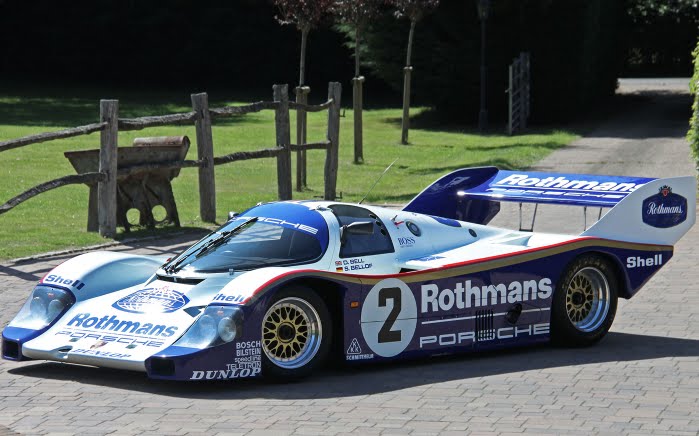
Developed specifically to the then new Group C rulebook, the 956 came forth to replace the successful 936, a Group 6 machine. It was the first car ever to use a dual clutch transmission, and the first Porsche to ever employ both ground effect and a aluminum monocoque, equipped with a Typ 935 engine, a 2.65 liter, flat-6 developed originally for IndyCar use, producing 635 cv. Taking advantage from the experience with Kremer’s 917K/81 GTP car, Porsche could develop the aerodynamics, while the powertrain had already been tested by the 1981 Le Mans winning Porsche 936. This way, the Porsche 956 arrived to the 1982 season as a already proven and quick package, winning the Le Mans 24 Hour race in 1982, 83, 84 and 85. Together with it’s evolution, the 962, the 956 is considered by some the best race car ever made.
9. Lancia LC2 (1983-1991)
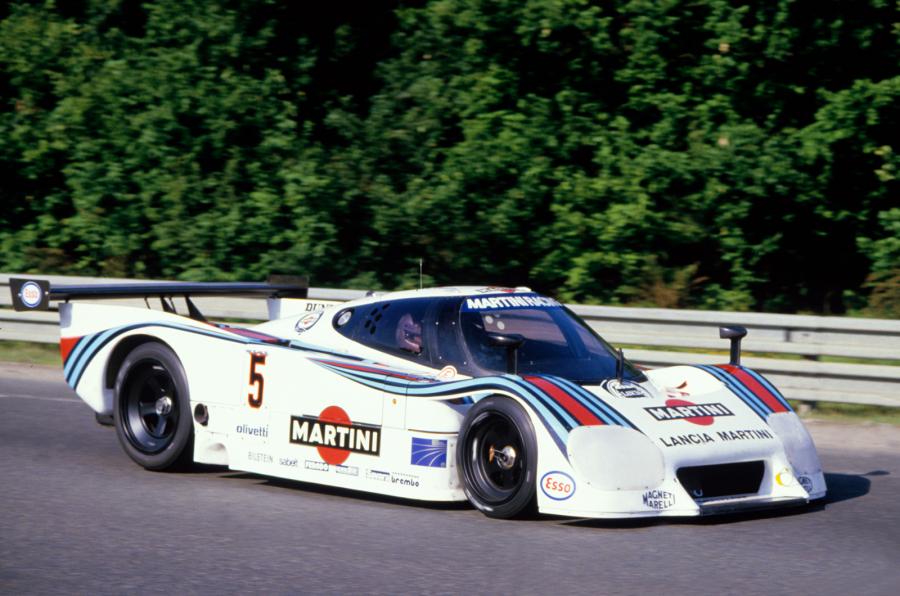
Beginning the 80’s, Porsche’s greatest rival on endurance races was Lancia. With the world championship mandating that only Group C compliant cars would be eligible for points, the Italians were forced to develop a new model, to replace the LC1, built according to the Group 6 roadsters rule set. Without an adequate engine for Group C, Lancia took advantage of being under the Fiat Group umbrella to use the recently introduced 3-liter V8 engine from the Ferrari 308 GTBi QV. To turn this into a competitive race engine, displacement was reduced to 2.6 liters, and two KKK turbochargers were added. Chassis work was done in conjunction by Abarth and Dallara, an aluminum monocoque with a kevlar and carbon fiber body. These cars were entered in 42 race by official team Martini Racing, and despite being more powerful and faster than Porsche’s 956 (they summed 13 pole positions in this period), the Italian machines lacked reliability and managed to get only 3 victories. After 1986, Lancia decided to focus only on rally competitions, however some LC2 continued to race by the hands of privateers, without success.
8. Porsche 962 (1985-1994)
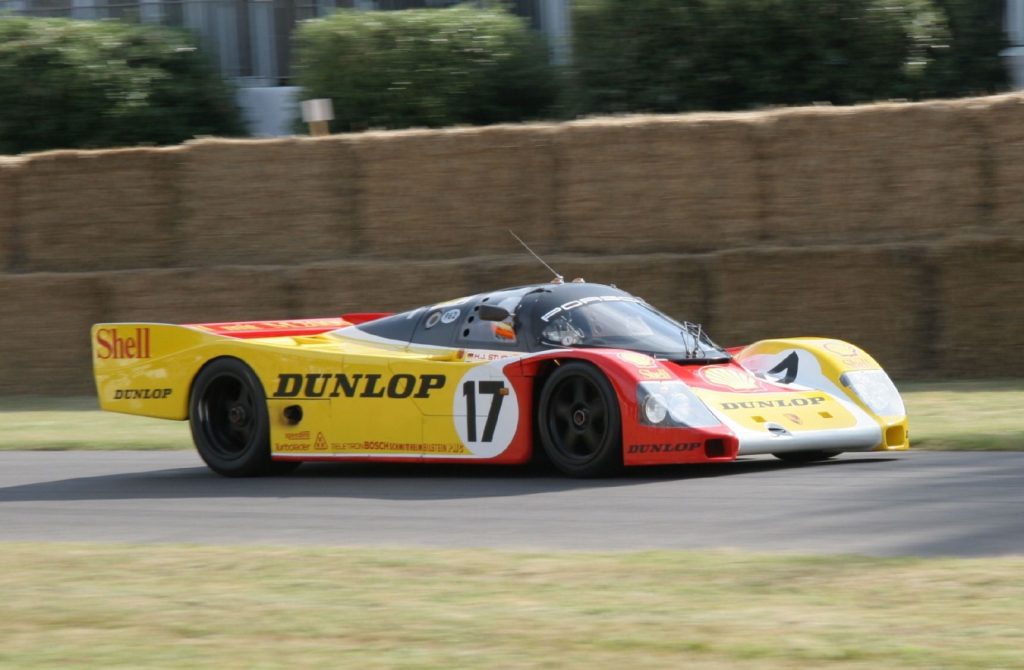
While the FIA was adopting the Group C rule set in Europe, beginning in 1981 IMSA adopted their take on GTP as their premium category. Differences when compared to Group C were the lack of fuel consumption requirements, and some minor changes to overall dimensions. Interested in the marketing benefits to increase sales in US soil, Porsche sought to enter the 956 in the IMSA races, but their entry was neglected due to one of these minor changes to overall dimensions, specifically one related to safety, that mandated that the drivers feet should be positioned behind the front axle. In order to comply, the 962 was created, not only with this specific modification, but also with increased body rigidity and a modified engine, now with 2,8 liters of displacement and a single turbocharger. Eventually, Europe would receive it’s own version of the 962, dubbed 962C and with a 3,2 liter twin turbo engine, a car that would go on to win the 1986 and 1987 24 Hours of Le Mans. By the end of that year Porsche would drop the factory team, and the age of the project started to show facing new rivals from Mercedes, Jaguar and other manufacturers. This led to privateers development of new aero parts and chassis upgrades, that kept the 962 competitive until 1994, when it won it’s last race, the 1.000 km of Fuji.
7. Sauber C9 Mercedes-Benz (1987-1990)
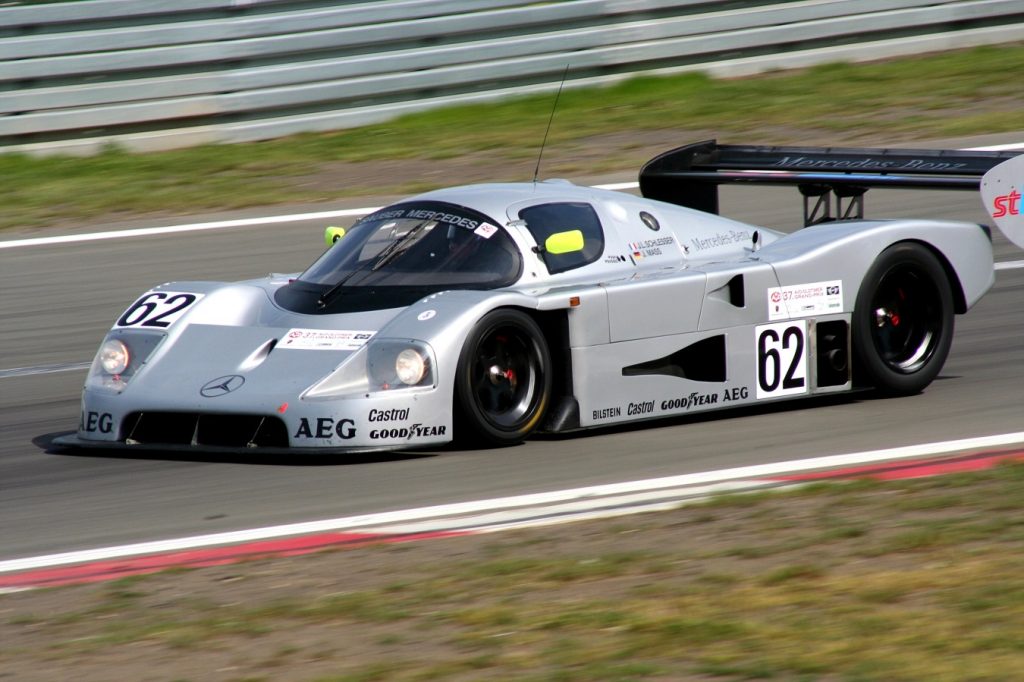
If nowadays the name Sauber is more closely associated to Formula 1, in the 80’s the swiss squad was one of the strongest in sport-prototype competition. Associated with Mercedes-Benz, Peter Sauber’s team revived the legendary Silver Arrows with the C9. In it’s debut in 1987, the car showed poor reliability and results were a bit disappointing, but the team returned in stronger shape for the 1988 season, managing to take the second spot on the Manufacturers Championship, with the downside of quitting the Le Mans 24 Hours race due to concerns over their Michelin tires. For 1989, Sauber returned with the C9, with a revised M199 5.0 V8 turbocharged engine, capable of delivering up to 720 cv, ensuring that the team would capture the first row and qualifying, with a top speed of 398 km/h in the Mulsanne straight (this was one of the facts that eventually led to the creation of the two chicanes in place since 1990). The race went without major incidents, resulting in a 1-2 from the german-swiss team. The C9 would still compete in the remaining of the 1989 season, ensuring the manufacturers title to Sauber. The car would still compete in the first two rows of the 1990 championship, being replaced by the now Mercedes-Benz C11
6. Spice SE88C Cosworth (1988-1990)
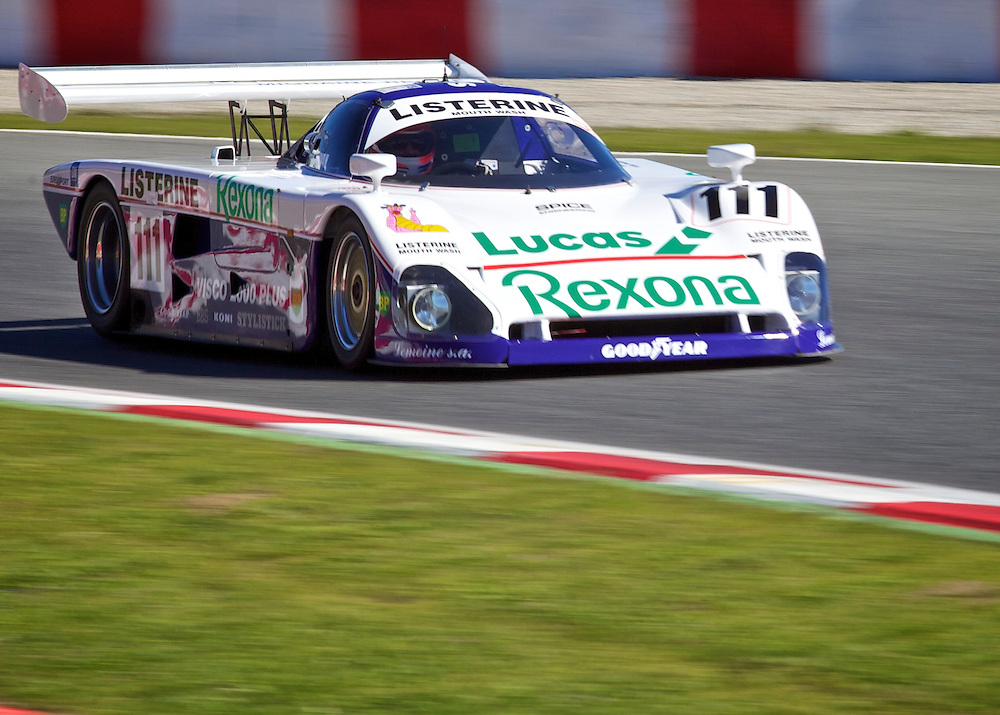
One year after Group C was estabilished, the costs to compete were already rising, with car companies like Ford and Porsche spending a lot of money in car development. To allow privateers a chance to compete, the FIA established a new rules set, for lighter cars with smaller engines, that could be cheaper to be bought and ran. Initially called C Junior (later changed to C2), this category saw a lot of small manufacturers fighting for the wins, most of them Europeans. Arguably the most successful was Spice Engineering, that started life running Tiga cars and started producing its own chassis from 1986. The cars were always equipped with Cosworth DFL engines (an evolution of the Cosworth DFVs that were used by F1 between 1967 and 1983), the most successful being the SE88C, developed in 1988 and that won the World Championships from 1988 and 1989, as well as it’s category in the 1988 24 Hours of Le Mans.
5. WM P88 Peugeot (1988)

Established by two former Peugeot engineers, the small independent manufacturer WM entered the 1988 Le Mans 24 Hours with a sole goal: achieve the highest top speed ever registered in the Mulsanne straight. Even though with was not a works team, WM still had some back-up from Peugeot, in the form of the 2,850 cm³ PRV V6 engines (with a power output estimated at 850 HP), and access to aerodynamic development tools. Hence, came to life the P88, a car that had a poor performance on qualifying, managing only the 36th position in the starting grid. During the race the car presented a lot of issues, and after a lenght 3 hours pit stop returned to track only to tackle a scarcely believable top speed of 405 km/h.
4. Jaguar XJR9 (1988-1989)
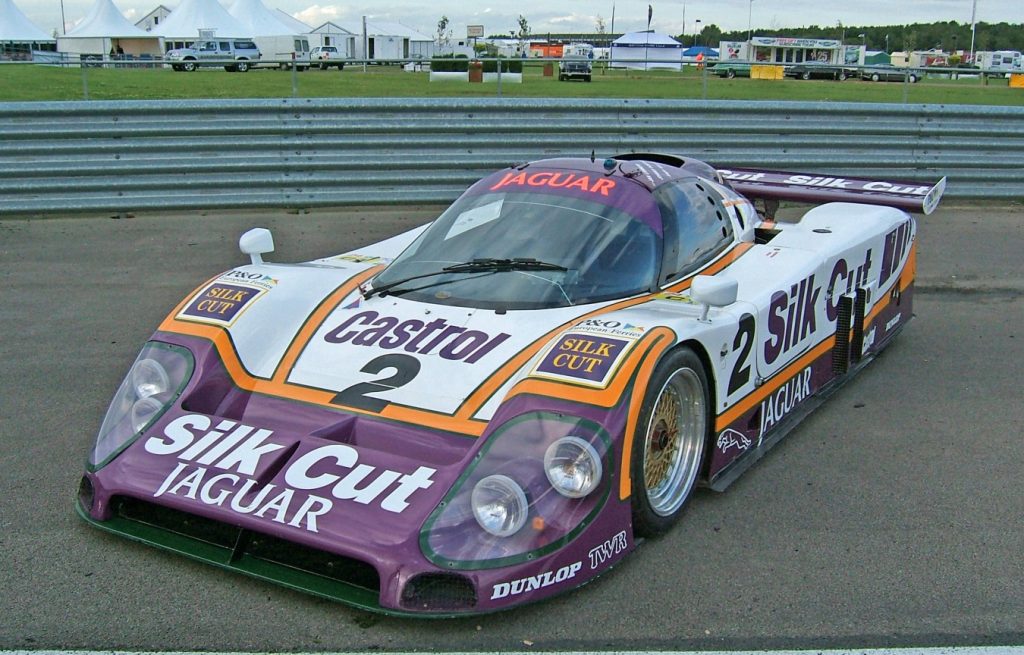
Commissioned by Jaguar from Tom Walkinshaw Racing (TWR), the XJR9 was an evolution of the XJR8 that competed in 1987. Equipped with a 7 liver V12 engine based on that of a Jaguar XJS, it had one of the most beautiful sounds of Group C era. However, more than a nice sounding engine, it was an excellent race car, capable of winning both at Daytona and Le Mans in 1998, as well as the 1988 World Endurance Championship. The car was still entered in 1989, but by then it was already obsolete and has not managed to take any victory. On a curious note, the XJR9 was used as the basis were Jaguar first supercar, the XJR-15, was built upon.
3.Nissan R90CK (1990)
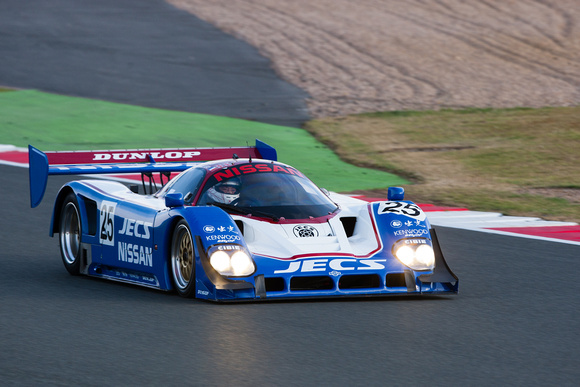
Born as an evolution of the R89C from 1989, the R90CK has never achieved a win in any of the races it took part. However, it is still worth mentioning due to the heroic lap that Martin Brundle was able to pull during the 1990 Le Mans 24 Hours qualifying. Due to a jammed wastegate, the engine got stuck producing over 1.100 cv, making the car borderline impossible to control. Event wth the team warning him to stop the car, Brundle took the challenge of going on, managing to take the pole-position by a 6 seconds margin over the second place qualifier.
2. Mazda 787B (1991)
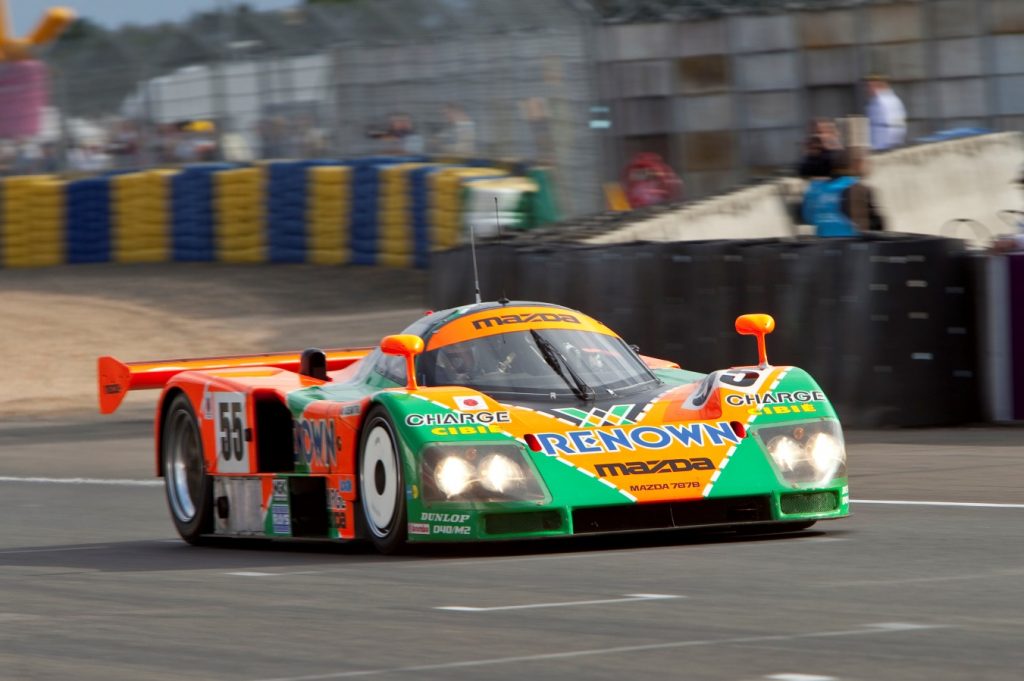
The only Japanese car to ever win Le Mans until 2018, the Mazda 787B was never one of the fastest of the pack. In 1991, FIA was already working to change Group C regulations from the engine free-fuel limited formula to adopt 3.5 liter naturally aspirated engines, similar to those used by F1. To easy this transition for the teams, cars meeting the old rulebook were still permitted to race, however with an increase in their minimum weight to make them less competitive versus the new cars. However, Mazda was able to convince the FISA that the 787 should ran with a lower minimum weight, of 830 kg, compared to 900 kg from other competitors. This way, the Japanese manufacturer took part in the 1991 season without major results, however during the Le Mans 24 Hours the tides of lucky were about to change. The team principal ordered the drivers from the number 55 car to run like they were in a sprint race, without concerns to fuel usage or durability. To everyone surprise, the car run without problems the entire race and took the overall win, by the hands of British driver Johnny Herbert.
1. Peugeot 905B (1992-1993)
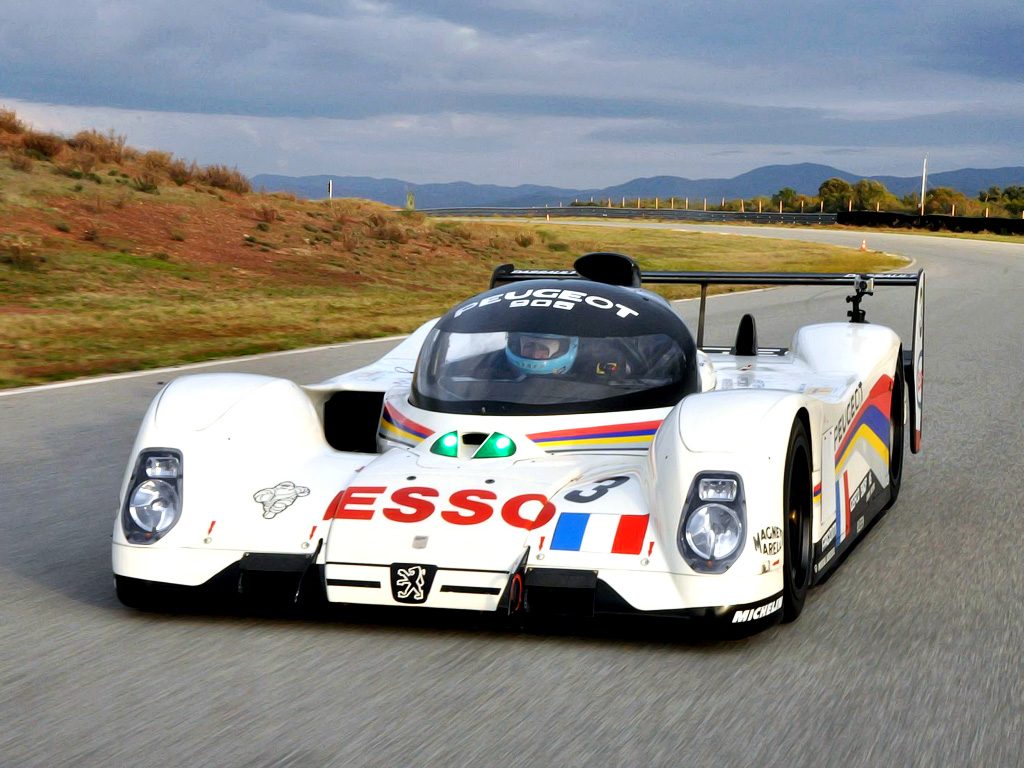
Taking advantage of the rule changes to be implement starting in 1991, Peugeot decided that this was the perfect timing to try its hand the World Endurance Championship. Managed by Jean Todt, the Peugeot 905 was developed for the 1990 season, and showed potential to be the fastest of the new cars. The hopes were high for 1991, however the arrival of the Jaguar XJR14 turned the 905 obsolete from night to day. To counter that, Peugeot worked on a updated version, with new aerodynamics but keeping the carbon fiber monocoque from the previous car. Known as the 905B, the model finished the 1991 season with victories at Magny-COurs and Mexico, ensuring the second place in the Manufacturers Championship to the French company. For 1992, Peugeot returned with full strength, facing competition only from Toyota as Jaguar dropped their involvement with Endurance Racing. The season ended with the Manufacturers title, as well as the overall win in the 24 Hours of Le Mans. With the collapse of the World Endurance Championship in 1993, Peugeot focused on preparing the 905 to the Le Mans 24 Hours, were the French cars locked the top three positions in the race. That was the engine of the 905, but the V10 engine still lived on, being used between 1994 and 2000 by various F1 teams like McLaren, Jordan and Prost, and subsequently used by Arrows and Minardi under the name Asiatech, Asian consortium led by Enrique Scalabroni that brought the french engines.


WHO WROTE THAT SHIT ? PORSCHE 956/962 IS THE GROUP C KING, WON LE MANS SEVERAL TIMES AND WON MORE THAN 120 RACES AROUND THE GLOBE DURING 12 YEARS
You sure are right man. The idea in this list was to order them from earlier to newer models, not by relevance, but that has not been made clear in the post. Now it is properly stated.
Thanks for the feedback, appreciated it!
Hi again, sorry for the words, feel free to delete my coment.
Thank you.